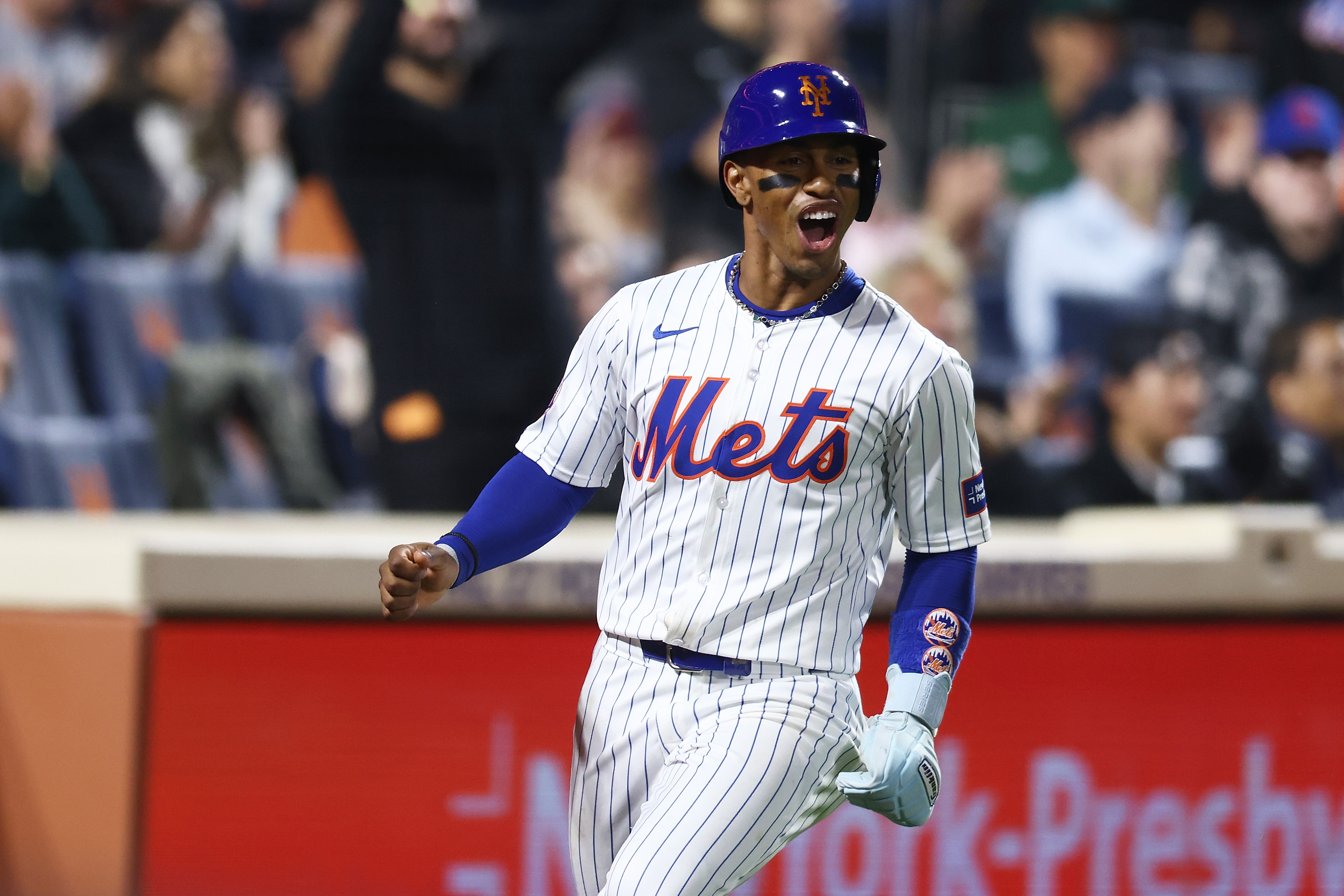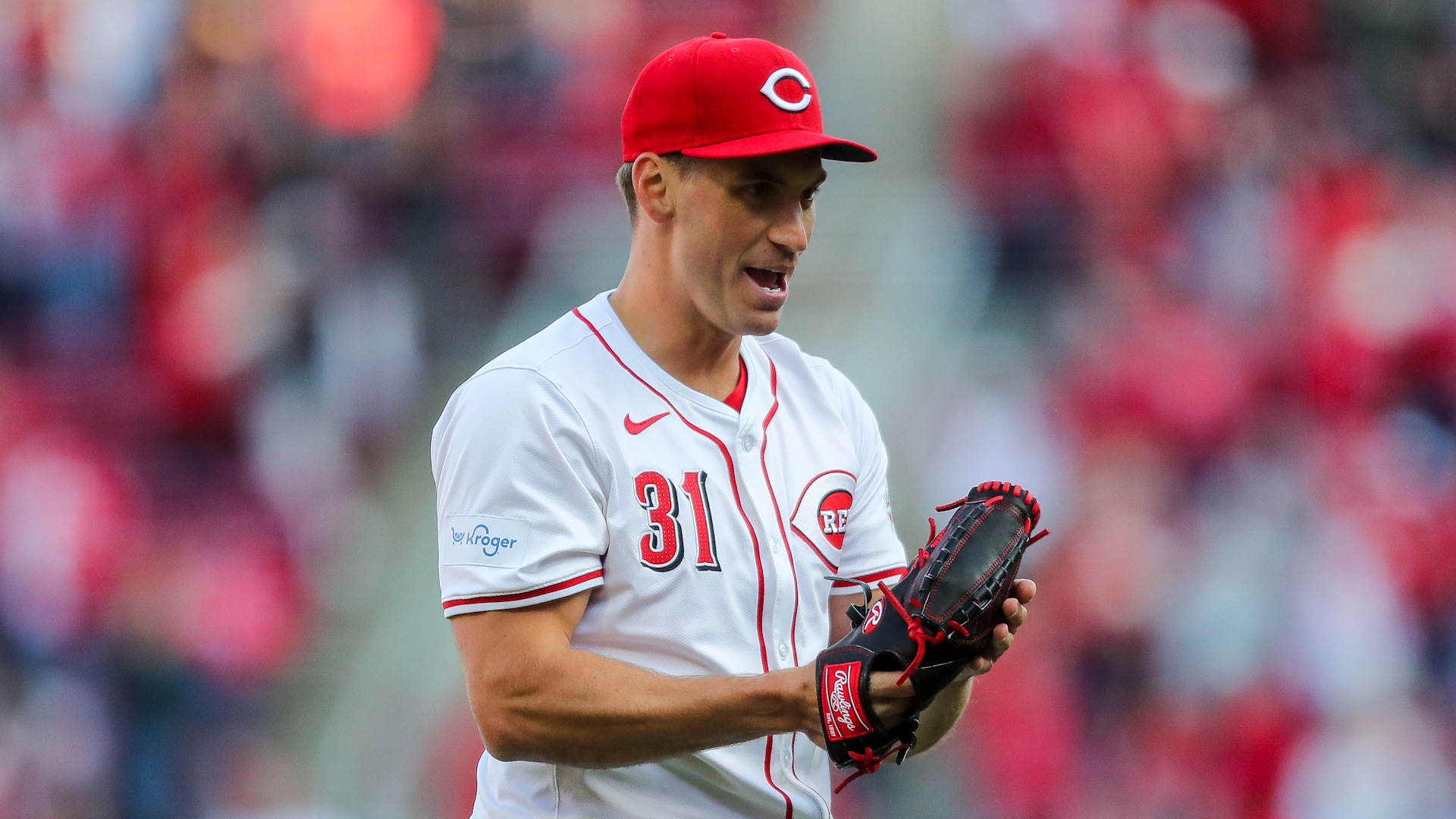
SAN DIEGO — Pat Gillick made his bones as a Hall of Fame baseball executive from the ground up when he built the expansion Toronto Blue Jays into two-time World Series champions.
In Baltimore, Seattle and, of course, Philadelphia, he made tweaks to established rosters and got those teams to the postseason.
Now, as interim president of the Phillies, Gillick is leading the rebuilding of a team that in three years has gone from a major-league-best 102 wins to last place in the National League East.
“This is kind of a new experience for me,” Gillick said as the winter meetings kicked off Monday.
It’s not an easy task, especially for a club with a big-league roster loaded with older players with difficult-to-move contracts and a minor-league system that is woefully thin on prospects.
“We want to get some younger people on the field,” said Gillick, repeating the team’s oft-stated offseason objective.
The Phillies have yet to make a move this offseason that would propel them in that direction.
MLB
“It’s a challenge,” Gillick said. “It’s not easy. What you say and what you can accomplish are different. There are challenges to getting younger from the standpoint of contracts, trade situations, no-trade clauses, 10-and-5 (no-trade rights). That all enters into it. You can’t just say, 'I'm getting younger.'"
Gillick conceded that it would be disappointing if the Phillies don’t make changes to their roster before the 2015 season.
“It would be disappointing, but you’ve got to grind on,” he said. “You’ve got to grind on. You can never let yourself get frustrated or disappointed. You’ve got to use your head to be imaginative, be creative, and you’ve got to try to grind on.
“It’s challenging. It’s challenging. It’s challenging. It isn’t really like you implode something. But you have to kind of disassemble piece by piece. This isn’t 'boom.' You have to try to get where you want to be, but you do it in a patient, methodical way. You try to do it as much as you can in a planned fashion, piece by piece. You know it can’t happen like that all the time, but that’s what your desire is, your challenge is.”
The Phillies had a chance to add a young player earlier this offseason, but took a pass on Cuban slugger Yasmany Tomas because they did not believe he was worth the $68.5 million he got from Arizona. Tomas is a bulky, unathletic player and the Phillies were said to have had concerns about that. Gillick has long favored athletic players. It is believed that he was not high on Tomas.
Gillick was vague about his role in the Tomas decision. He directed questions to general manager Ruben Amaro Jr.
“You have to ask Ruben about that and only because that’s in his area,” Gillick said. “So I don’t really want to delve into that area. I think that’s a question for him.”
Gillick was asked if he liked Tomas as a player.
“That’s not my job,” he said. “It’s a scout’s job. I didn’t see the player. It’s a scout’s job to evaluate the player.”
But, as acting club president, Gillick has some control over where and how the Phillies spend their money. He could make a determination on a player’s worth, though he wouldn’t say whether he advised against signing Tomas.
“I could say that or I could say I’ll talk to our ownership and have [Amaro] represent why we should pay this guy $65 million,” Gillick said. “Let me say this, I control the purse strings up to a certain point. But when you get to $65-$75 million, that’s a decision to be made not only by the general manager, but by whoever’s the acting president and by ownership because it’s a commitment they’re taking on. It’s different than acquiring a player that’s making two years at $12 million or something like that.”
Cole Hamels represents the Phillies’ best chance of getting younger in 2015. The Phils have made him available for a trade, but will only deal him if they get top young talent in return. The Red Sox, Cubs and Dodgers all have interest in Hamels and the prospects it would take to get him, but the free-agent starting pitching market will have to clear before the Phils can zero in on a destination for Hamels.
“They’re going to work their way through [Jon] Lester, [James] Shields, [Max] Scherzer and those guys,” Gillick said. “Teams don’t have to give up any players. All they have to do is give up money to get them. I think things change a little bit once one of these guys or two of these guys fall. There’s some clubs that are in contention that we know are looking for pitching. If they don’t get one or two of these guys then there will be two, three or four clubs out there looking for pitching. They’ll maybe go into another direction of thinking trade as opposed to free agency.”
Lester is reportedly nearing a decision. The team that loses out on him could get serious about Hamels.
Marlon Byrd remains another strong trade candidate. The Phils may have to wait until deeper into the winter to see if they can find a trade partner for Ryan Howard.
Gillick said he hopes the Phillies’ slow-moving winter will quicken at these meetings.
“Ruben declared a while back that he was certainly available to listen on all of our players,” Gillick said. “Not necessarily to trade them all, but he would listen on all of them.
“I think teams are reluctant to give up talent. I don’t think they are shortchanging us. I think they like some of our people. They don’t like all of them, but they like some of them. It’s just the fact that there aren’t that many clubs that have that much depth that they can afford to give up the talent that you should get for the guy.”


